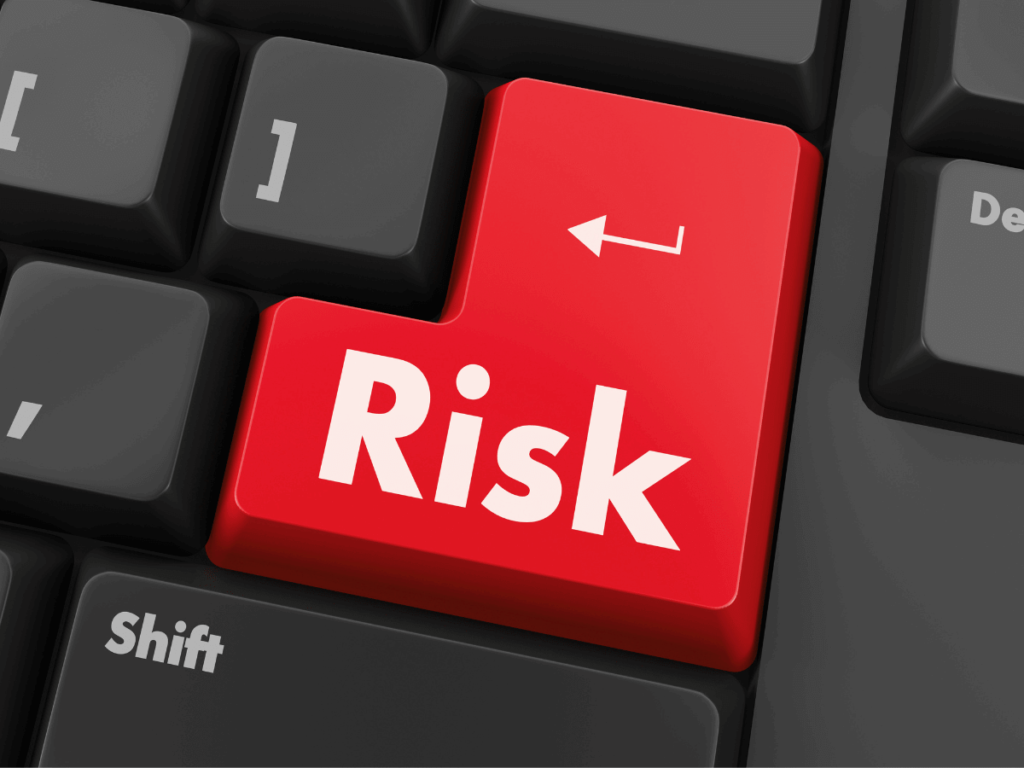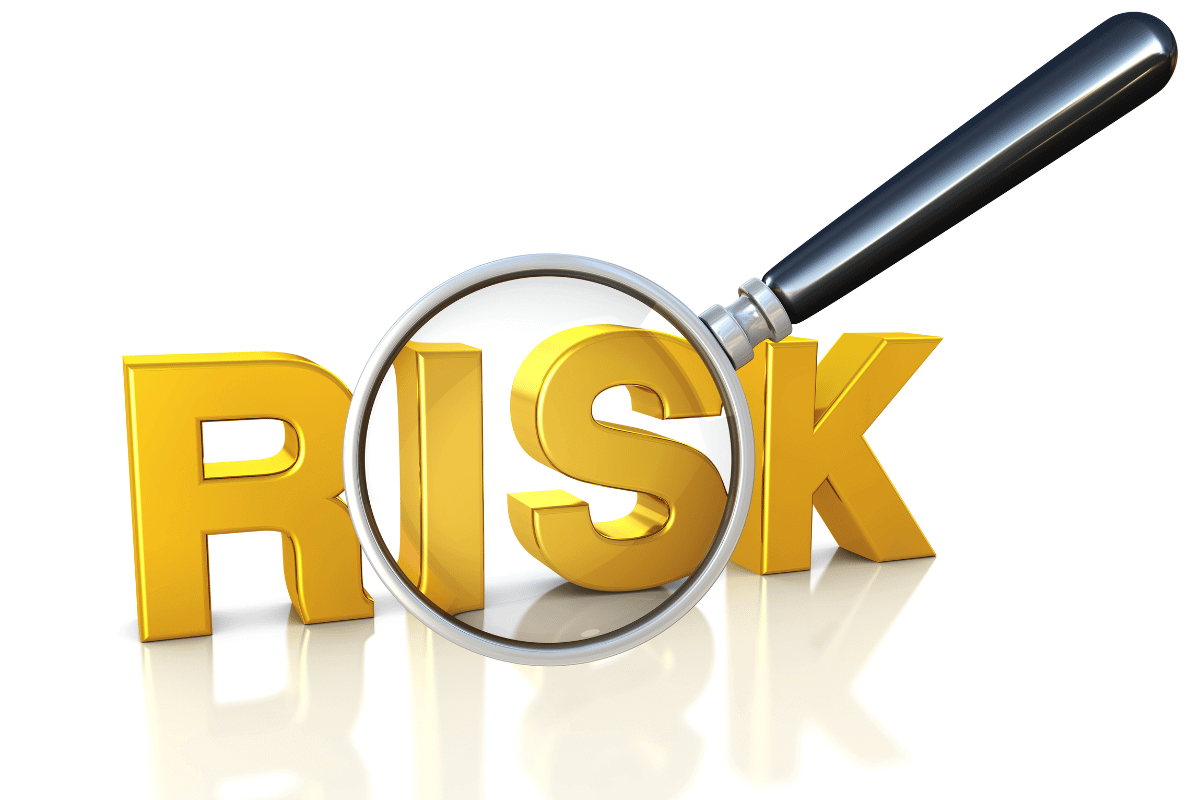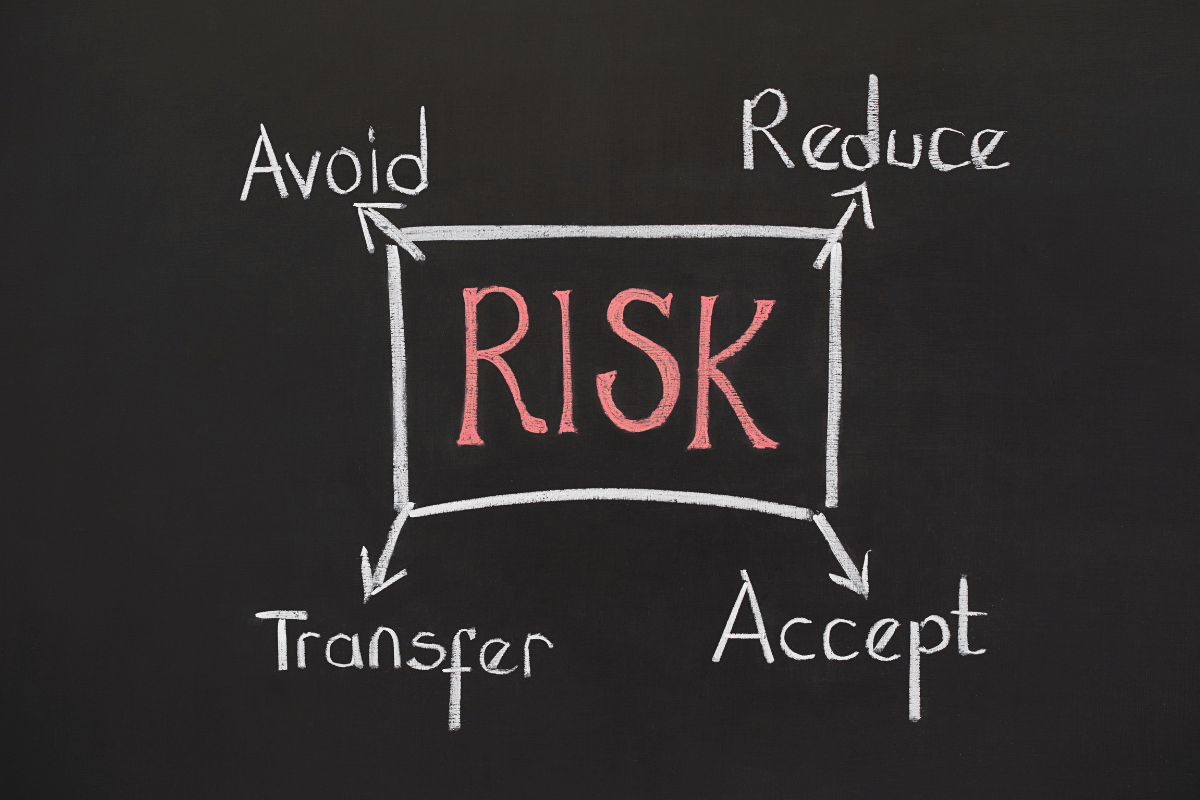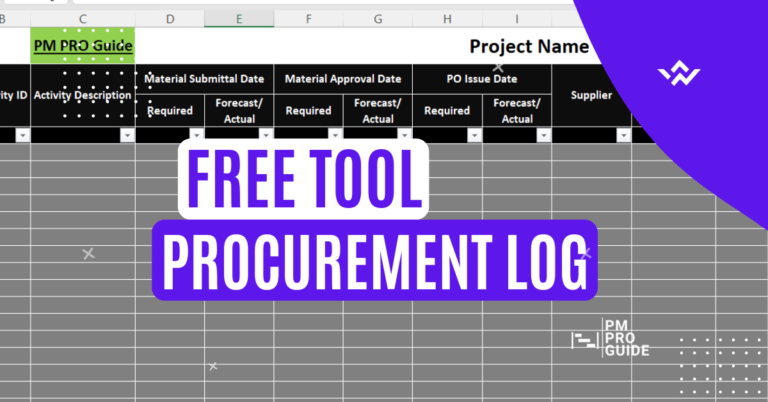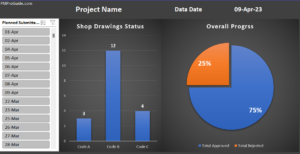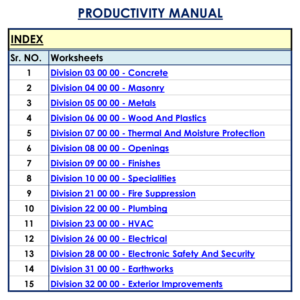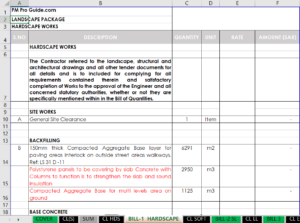Table of Contents
Introduction:
Risk is an inherent part of project management. No matter how well-planned a project is, unforeseen events and uncertainties can arise, leading to delays, increased costs, and even project failure.
This is why risk management is crucial in project management. By identifying and analyzing potential risks, and developing strategies to mitigate them, project managers can ensure the success of their projects.
In this article, we will discuss the different aspects of risk management and the strategies you can use to minimize risks and ensure project success.
Risk Management Planning
Effective risk management planning is important for project success. This process includes identifying potential risks and establishing strategies to mitigate them.
The planning phase involves creating a risk management plan that outlines the project’s risk management approach, risk management activities, and risk analysis methods. This plan should also define roles and responsibilities for all stakeholders involved in risk management activities.
The risk management plan should be integrated into the project plan, which provides a framework for executing the project, including the risk management plan. It is important to note that risk management planning is an ongoing process and should be revisited throughout the project’s life cycle.
Risk Identification
Risk identification involves identifying potential risks that could affect the project’s objectives. This process involves gathering information from project stakeholders, reviewing historical project data, and conducting risk workshops.
The risks should be categorized and prioritized based on their potential impact on the project’s objectives.
It is important to identify all potential risks to ensure that the risk management plan is comprehensive. Risks can come from various sources, including the project’s scope, timeline, budget, technology, and personnel.
Risk Analysis
Risk analysis involves evaluating the probability and impact of identified risks. This process helps determine the severity of risks and prioritizes them based on their potential impact on the project’s objectives. Risk analysis involves using quantitative and qualitative techniques to assess risks.
Quantitative analysis involves using numerical data to assess the probability and impact of risks. This method is useful when dealing with risks that can be measured, such as financial risks.
Qualitative analysis involves using judgment and experience to assess risks. This method is useful when dealing with risks that cannot be measured.
Risk Response Planning
Risk response planning involves developing strategies to manage risks. This process involves determining the appropriate response for each identified risk based on its severity and impact on the project’s objectives.
There are four primary risk response strategies: avoid, mitigate, transfer, and accept.
The avoidance strategy involves eliminating the risk by changing the project plan.
The mitigation strategy involves reducing the probability or impact of the risk.
The transfer strategy involves shifting the risk to another party, such as an insurance company.
The acceptance strategy involves accepting the risk and preparing contingency plans to manage it if it occurs.
Risk Monitoring and Control
Risk monitoring and control involve tracking identified risks, assessing the effectiveness of risk responses, and making adjustments to the risk management plan as necessary.
The process involves monitoring risks throughout the project’s life cycle and communicating any changes to stakeholders.
Effective risk monitoring and control require regular status reports, risk assessments, and reviews of the risk management plan. It is important to note that risk management is an ongoing process that should be monitored and controlled throughout the project’s life cycle.
FAQs
Q: What are some common risks in project management?
A: Common risks in project management include scope creep, budget overruns, timeline delays, technology failures, and personnel turnover.
Q: How often should risk management planning be revisited?
A: Risk management planning should be revisited throughout the project’s life cycle to ensure that it remains effective and comprehensive.
Q: What are some common risk response strategies?
A: Common risk response strategies include avoidance, mitigation, transfer, and acceptance. The appropriate strategy depends on the severity and impact of the identified risk.
Q: What are the benefits of risk management in project management?
A: The benefits of risk management in project management are numerous. Firstly, it helps to minimize the negative impacts of potential risks on the project. Secondly, it helps to identify opportunities that can benefit the project. Thirdly, it helps to increase the likelihood of project success by allowing for the identification and mitigation of risks that could otherwise threaten the project.
Q: What are the common risk management tools used in project management?
A: There are several risk management tools used in project management. Some of the most common ones include risk identification workshops, risk probability and impact assessment, and risk mitigation planning. Other tools include risk response planning, risk monitoring and control, and risk reporting and communication.
Q: How do you know when a risk has been successfully mitigated?
A: You can know when a risk has been successfully mitigated by monitoring the progress of the risk response plan. If the response plan has been executed effectively and the risk has been minimized or eliminated, then the risk has been successfully mitigated. However, it’s important to continue monitoring the risk to ensure that it doesn’t reoccur or create new risks.
Q: Who is responsible for risk management in project management?
A: The project manager is responsible for risk management in project management. However, it’s important to note that risk management is a team effort and all members of the project team have a role to play in identifying, assessing, and mitigating risks.
Conclusion:
In conclusion, risk management is an essential component of project management. By following the five key stages of risk management planning, risk identification, risk analysis, risk response planning, and risk monitoring and control, project managers can effectively manage risks and ensure project success.
While risk management may require additional resources and effort, it is well worth the investment to minimize the negative impacts of potential risks and maximize the opportunities for project success.
Related Articles & Useful Resources
Project Management Institute (PMI): Everything You Need to Know
